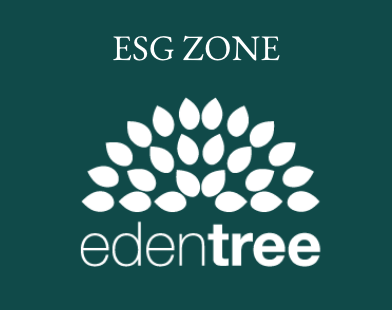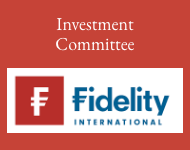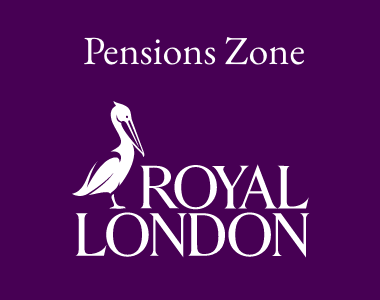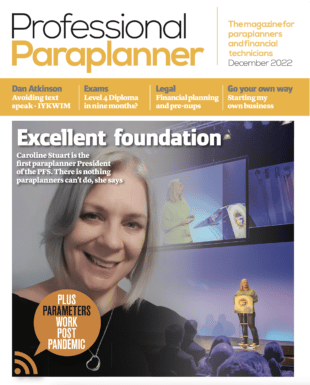Whose income is it anyway? Prudential’s Neil MacLeod examines the various permutations for how income generated by trust property will be taxed
Taxation of trust income is not straightforward. Depending on the beneficiaries interest in the trust, how assets are distributed, and the residence of the parties involved the tax liability can either fall on the settlor, trustees or the beneficiary. Because of this (and the fact Scotland now has its own rates for non-savings, non-dividend income) there are 11 potential rates of tax that could ultimately apply to the income generated from trust investments (0%, 7.5%, 19%, 20%, 21%, 32.5%, 38.1%, 40%, 41%, 45%, 46%).
When recommending an investment strategy for trustees it’s important therefore to understand who will be taxed and in what circumstances.
Bare Trust Income
A Bare or Absolute trust is not technically a settlement. From an income tax point of view you normally “look through” the trust and income is assessed on the beneficiary in the tax year it arises. It is the beneficiary’s responsibility to complete a tax return for tax due. Savings income can be offset against the individual’s personal allowance, Personal Savings Allowance or starting rate for savings, and dividend income against the dividend allowance. Other income such as rental income can be covered by the personal allowance but then subject to UK (or Scottish) tax rates as appropriate.
There are occasions when it’s not that simple. For example where the beneficiary of a bare trust is a minor unmarried child of the settlor and income from the trust exceeds £100, then the full amount is deemed to be income of the settlor and assessed against them. In this case the settlor will need to complete a tax return. When assessing the £100 limit, you must take account of income arising on all gifts between that parent and the child. This rule only applies to parents so does not affect gifts made by grandparents to grandchildren.
Discretionary Trust Income
A discretionary trust has a standard rate band (SRB) in which dividend income is taxed at 7.5% and other income at 20%. The SRB is normally £1,000 however where the settlor has set up more than one discretionary trust this is split between the trusts subject to a minimum of £200 per trust. Dividends in excess of the SRB are taxed at 38.1% tax and other income at 45%.
When income is distributed to beneficiaries it is classed as “trust income” rather than the dividend or savings income from which it derived. This means allowances that apply to these types of income are not available to reduce the individual’s tax liability. Where trust income exceeds the personal allowance it will be taxed at the UK (or Scottish) rates applicable to non-savings, non-dividend income.
Trust income comes with a tax credit of 45%. This means the trustees need to pay additional tax to HMRC on distributed income so that 45% tax has actually been paid to satisfy the tax credit e.g. if the trustees receive dividend income of £100, they need to pay £45 to HMRC on the distributed income. The beneficiary can reclaim the difference between their own tax liability and tax paid by the trustees.
The trustees need to complete a tax return each year if there is income generated by the trust, as do any beneficiaries who receives income from the trust. The trustees also need to register the trust on HMRC’s Trust Register and keep a record of tax paid by the trust, which is known as the “tax pool”.
Interest in Possession (IIP) Trust Income
Trustees of an IIP trust pay basic rate tax on all income received by the trust (7.5% on dividends and 20% on other income), however the beneficiary with the IIP is also assessed on the income in the tax year it arises.
Income from an IIP trust retains its character as dividend or savings income so can be offset against the beneficiary’s various nil rate allowances. Credit is given for the tax already paid by the trustees and the beneficiary can reclaim tax paid if their liability is less than this, or pay more if it’s higher. Both the trustees and the beneficiary will need to complete a tax return in the year income arises.
It is possible for the trustees of an IIP trust to “mandate” income directly to the IIP beneficiary in which case the trustees do not have to complete a tax return or pay any tax and the beneficiary is assessed directly.
Insurance Bonds – Chargeable Event Gains
In a Bare trust, the rules which apply to chargeable gains are aligned with those for other types of income received by the trust.
Chargeable gains occurring within discretionary and IIP trusts while the settlor is UK resident and alive, or in the tax year of their death, are assessed on the settlor.
As chargeable event gains are savings income, where they are assessed on a settlor or beneficiary, theycan make use of the personal allowance and savings allowances to reduce the tax payable. Top slicing relief may also apply to help mitigate higher or additional rate tax.
If the settlor of a discretionary or IIP trust died in a previous tax year or is not UK resident, the gain is assessed at the trustee rates applicable to non-dividend income (assuming the trust is UK resident). Top slicing relief is not available for trustees and there is no tax credit for beneficiaries receiving the proceeds of the bond encashment.
Where the gain falls on the trustees but they are not UK resident, HMRC assess the beneficiary who receives the proceeds of the bond. The beneficiary is not entitled to top slicing relief in these circumstances. If the beneficiary is not UK resident HMRC will assess them if they become UK resident in the future.
It is not uncommon for the trustees of a trust to assign out segments of a bond to a beneficiary prior to encashment. If a policy is assigned to a beneficiary who later encashes, it is the beneficiary who will be assessed on the gain so knowledge of their tax position is essential.
Settlor interested trusts
Another point to note is that where the settlor or settlor’s spouse is a potential beneficiary of a discretionary or IIP trust, the trust is classed as “settlor interested”. This means that income is assessed on the settlor personally rather than the normal rules applying. The trustees will pay tax and prepare a tax return as normal (since they receive the income). In addition, the trust income will be entered on the settlor’s tax return, as it arises, with the settlor setting off the tax paid by the trustees. Depending on circumstances, the settlor may have more tax to pay, or receive a refund.
Summary
As you can see, there are various permutations for how income generated by trust property will be taxed. Trustees have a duty to take tax considerations into account so, for paraplanners and advisers, it is imperative not only to know how the trust itself is taxed, but to have an understanding of the tax position of the settlor and beneficiaries. While no one can see into the future it’s also important to look forward and consider when the tax points will arise and who will ultimately suffer the tax.




























